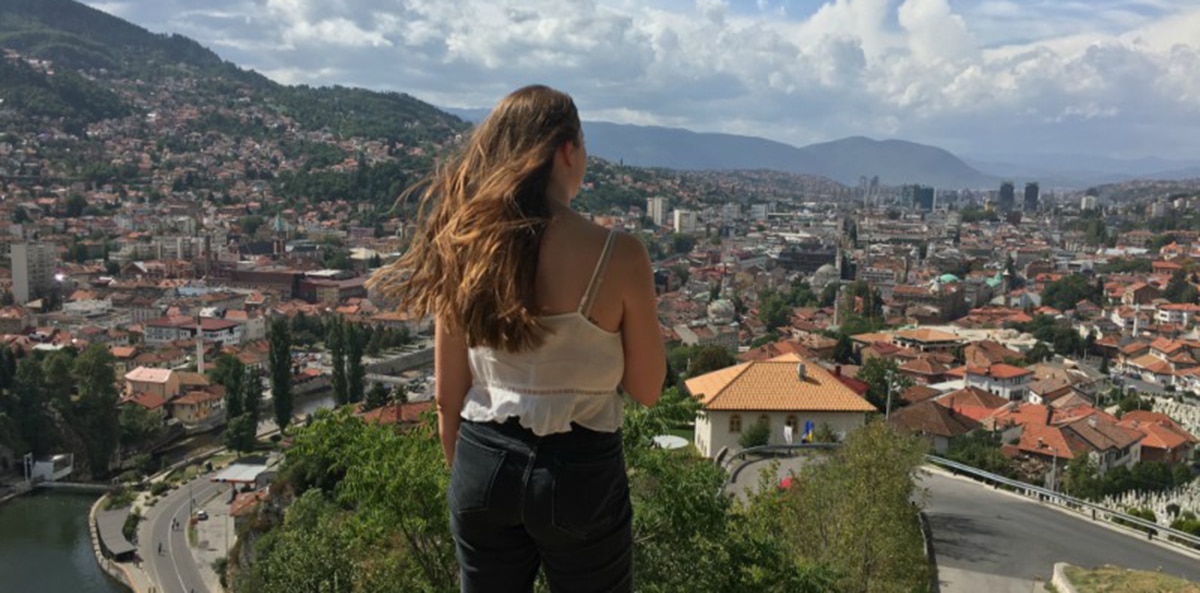
Sarajevo is capital of Bosnia and Herzegovina, a city with a lot of green, which is in a valley surrounded by mountains. It is a melting pot of religions, Catholics, Jews, Orthodox and Muslims coexist, so that coexistence is translated into their culture.
What can we do in Sarajevo? We found out today.
Sarajevo
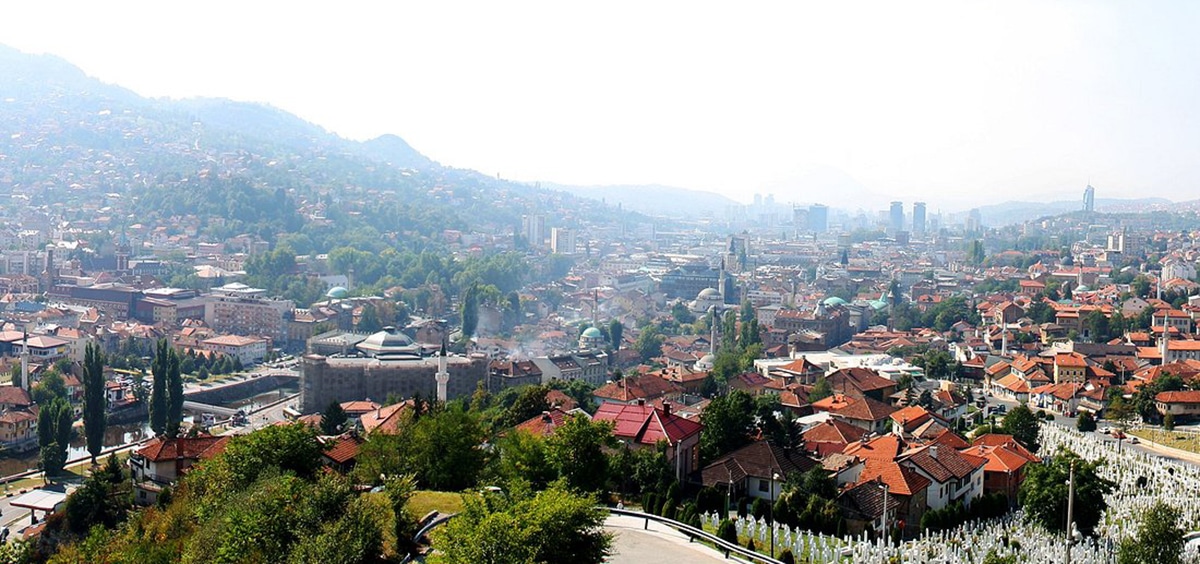
If you are over 40 you may remember those chaotic years of late XNUMXth century, when communism gave its last death throes and the geopolitical map of Europe was reconfigured. Around this time, a bloody war broke out in the Balkans and Yugoslavia was erased, by means of war, which lasted four years and devastated the city.
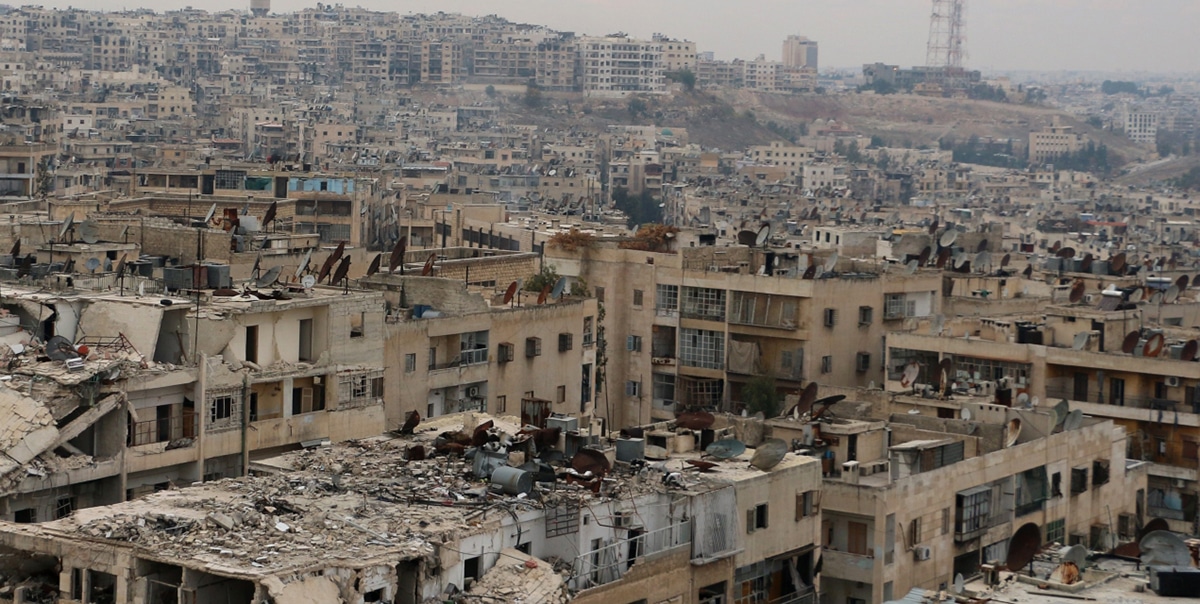
In 1995 the war came to an end and the city was divided into two: on the one hand the Sarajevo to which we are referring (all the pre-war territory and Novi Grad plus other areas), becoming the capital of the new republic, and on the other eastern Sarajevo , capital of the Republic of Srpska. Both are next to each other.
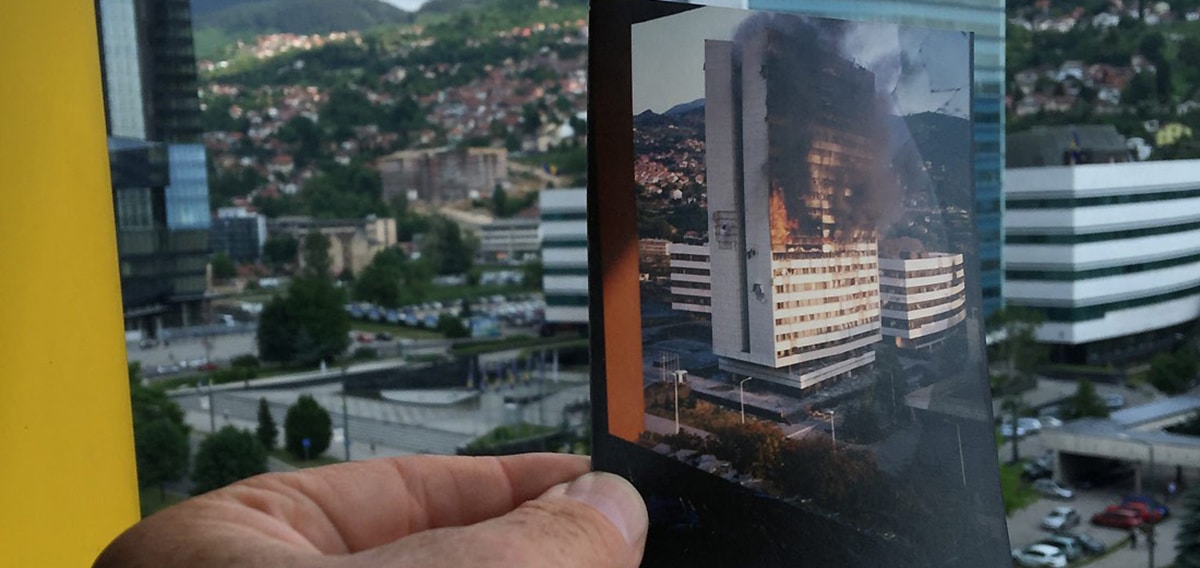
By 2003 most of the city was rebuilt, But the bloody war between peoples that for decades had been "glued" by communism left its traces. Today, the capital city is, as we said, in the middle of a valley, surrounded by the Dinaric Alps. There are five main mountains around and the highest is just over 2 meters high. Igman, Jahorina, Trebevic and Bjelasnica are known as the Sarajevo Olympians.
There is also a river that crosses the city, the Miljacka or Sarajevo River. The climate in the area is continentalAs it is close to the beautiful Adriatic Sea, the temperatures are not that strong.
Sarajevo Tourism
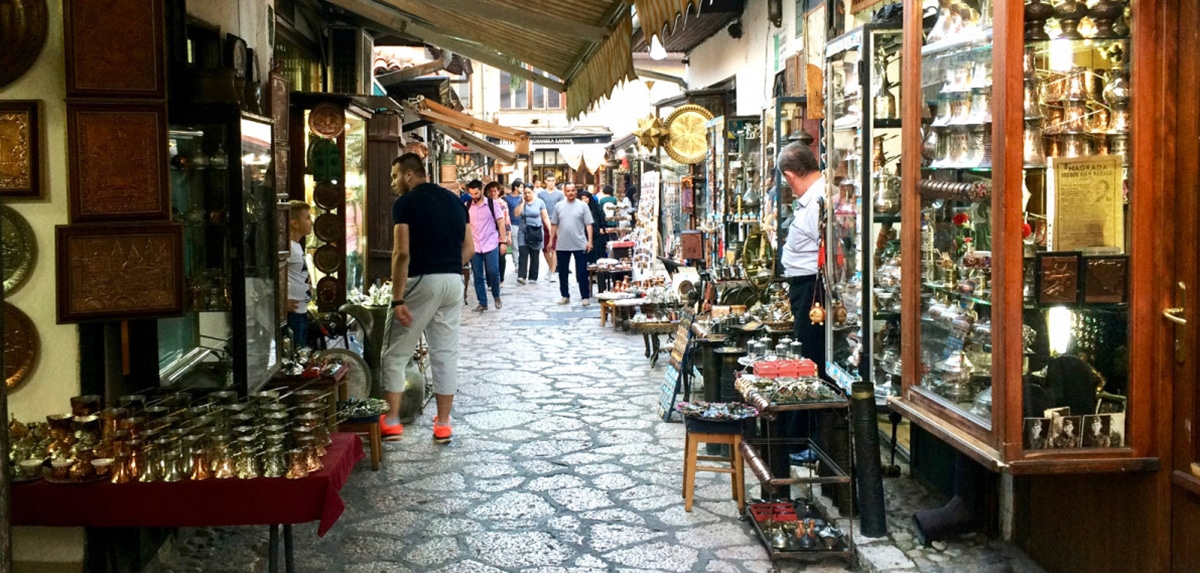
As we said, many religions have coexisted in Sarajevo for centuries so it's very culturally diverse. After the war, today the majority are Bosnians, yes. Then, What is there to know in Sarajevo?
We start from the heart of the city founded by the Ottomans in the XNUMXth century. This past is still seen in the bascarsija, a small neighborhood with a one-story market whose stalls date from that distant era. The market follows the Miljacka river and reaches the wooden fountain of Sebilj, with its square full of pigeons.
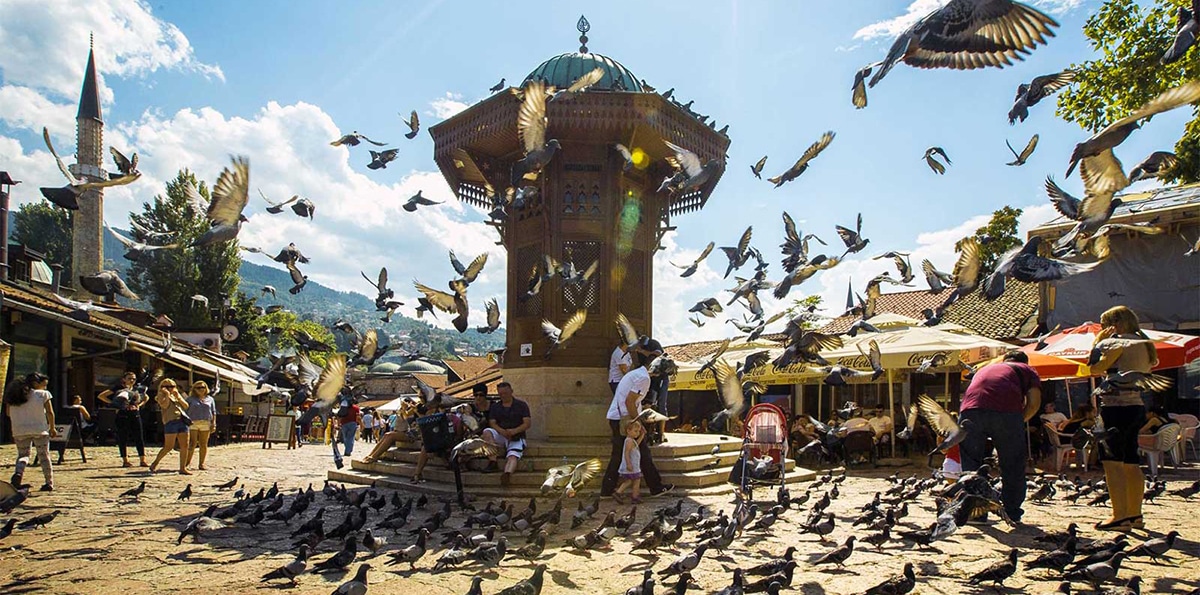
It is a typical bazar with aromatic spices floating in the air, meat and lamb, souvenirs and various Turkish delicacies. This area also concentrates most of the historical places of the city, such as the Gazi-Husrev Mosque with its lunar clock tower, or the cafes which are ideal places to try a little Bosnian coffee: strong, thick, according to Bosnians, ten times better than the classic Turkish coffee.
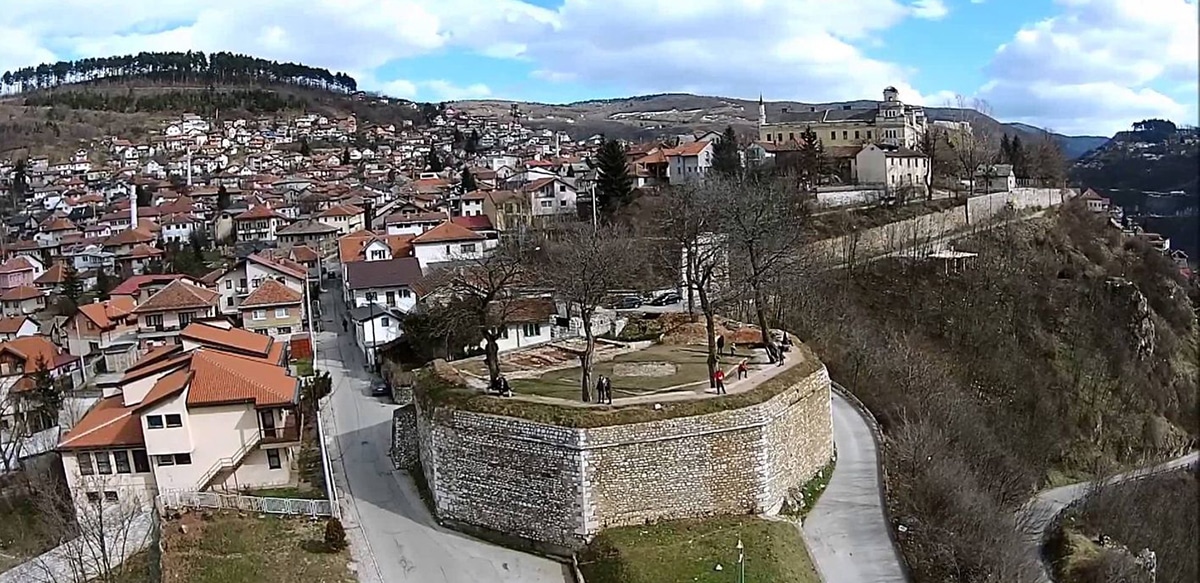
Another window into Sarajevo's past is the medieval fortifications concentrated on the wall. There were five whose works began in 1729 but only the Amarill Fortressao Zuta Tabija, and the Tabija. From here the views are beautiful, especially at dusk when the sun falls on the red roofs and the old minarets or the Austro-Hungarian construction typical of the late nineteenth century. The fort has a small cafe and there are picnic tables with a nice beer garden.
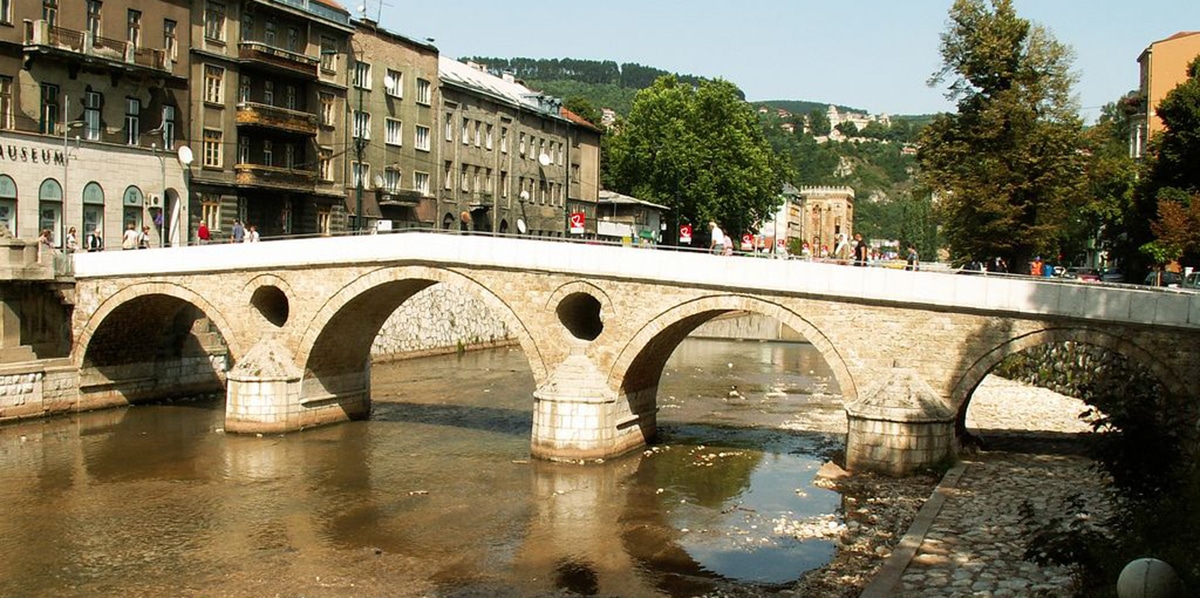
If you like the history of the twentieth century you can go to Latin Bridge, on the Miljacka River, which connects the old quarter with the Skenderija district. It is the oldest bridge in Sarajevo, 1914th century. It was here that in 18 the Habsburg heir, nominated to the throne, was assassinated by an XNUMX-year-old Serb, giving start of the First World Warl.
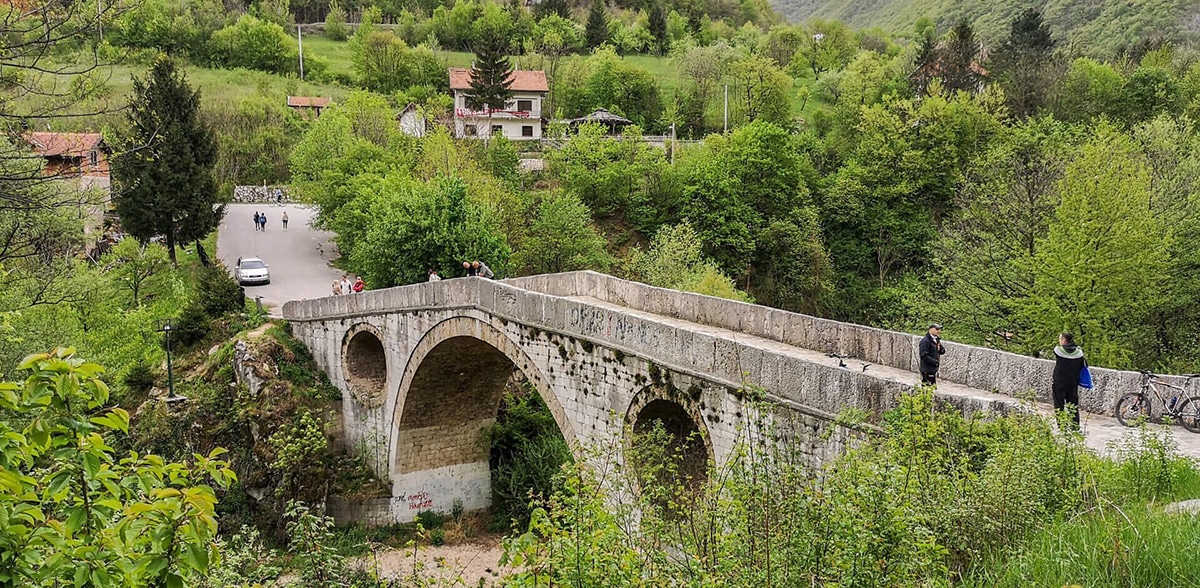
There is a small museum reminiscent of the event that ultimately ended two empires, the Ottoman and the Austro-Hungarian. Over time the museum has changed and today more than anything it focuses on the 40 years in which the city was ruled by the Austro-Hungarian Empire and how things ended.
It is not the only bridge, there are many interesting bridges: the pedestrian bridge in front of the Academy of Fine Arts, el Kozija Cuprija Bridge, Suada and Olga Bridge, andl Ars Aevi ...
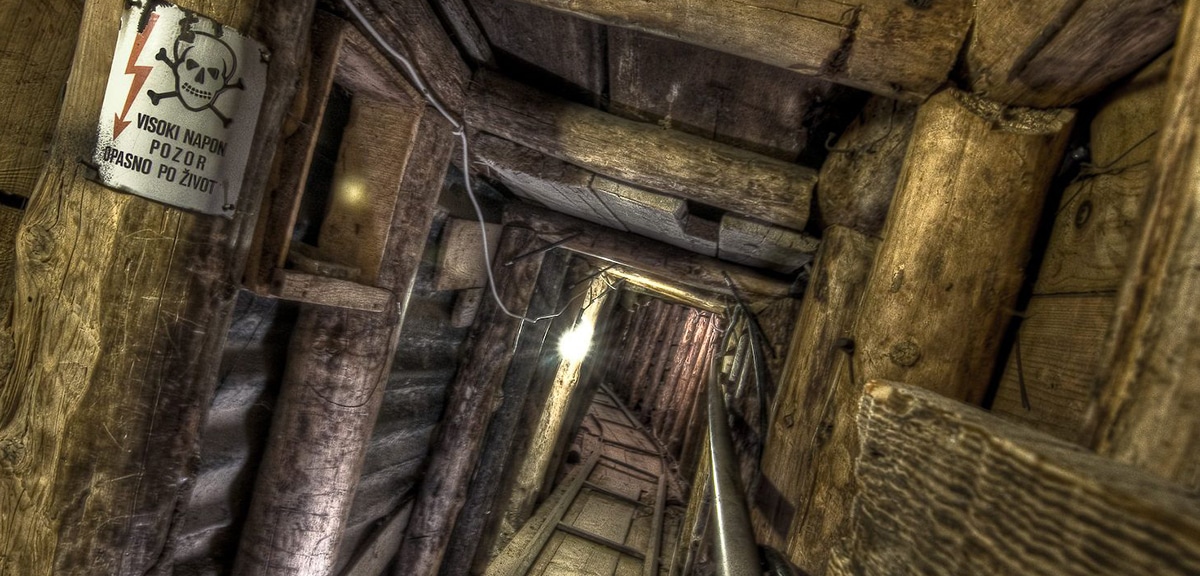
It is true that Sarajevo has a somewhat tortuous past, with so many wars and destructions, so another site related to this past is the 800 meter tunnel long used by smugglers to enter and leave the city in times of the war of the '90s.
Today there is a War Tunnel Museum, with a well preserved area of it. Another exhibit focuses on the worst genocide in Europe since the Holocaust, occurred in 1995, a month before the end of the war.
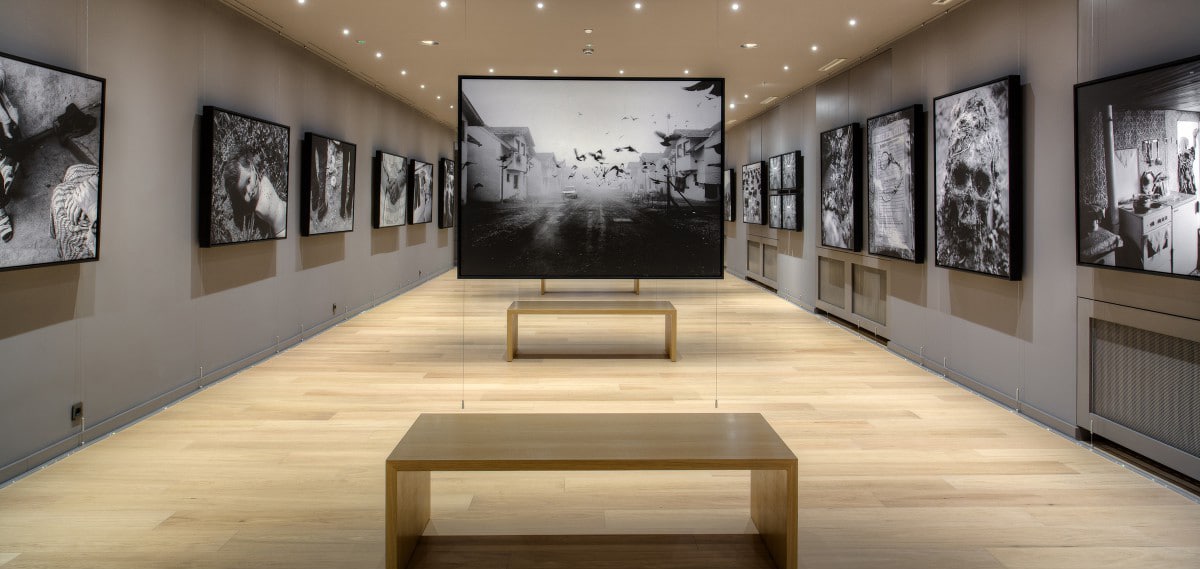
So, Serbian troops killed 8 Bosnian Muslim women in a single city, mostly men but also women and children. They were all buried in a huge mass grave. There is an exhibition of very moving black and white photos. The War Tunnel Museum is on Tuneli Street, 1 and the Srebrenica-Galerija exhibition on calle trg Fra Grge Martica, 2 / III.
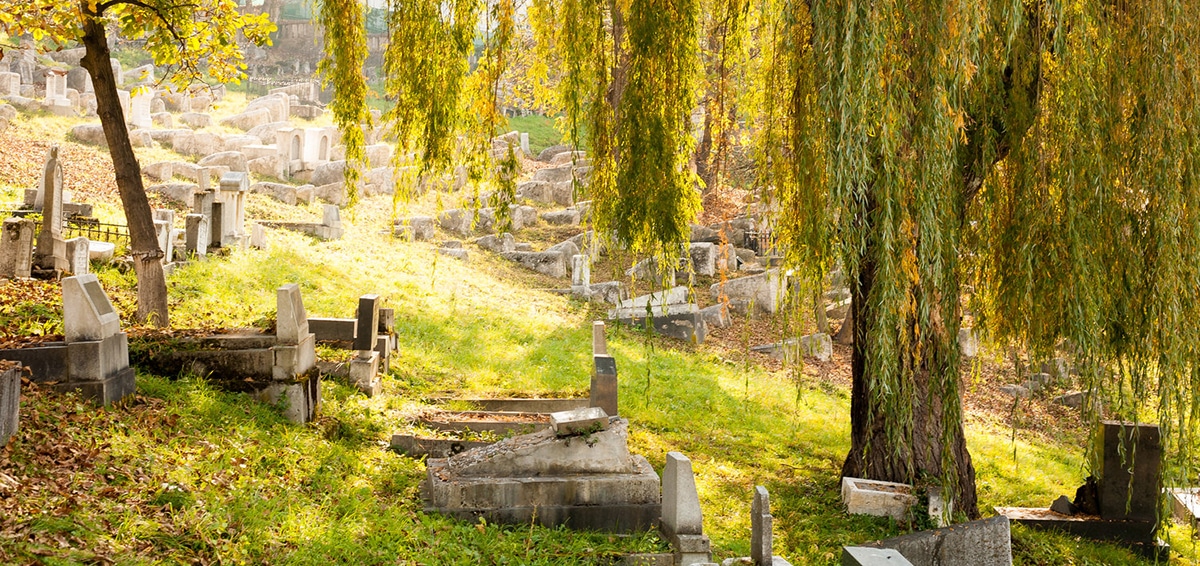
If you are Jewish you can see the passage of this town through the city in places like the Jewish Museum, Old Jud Cemeteryio, one of the largest in Europe, the Novi Hram Gallery and Ashkenazi Synagogue. Later, with the arrival of the Austro-Hungarian rulers, many well-western multi-storey buildings were built. An example is the Vijecnica, a government headquarters, in a pseudo Moorish style.
The meeting between east and west It can be seen in various parts of the city, such as the point where the charming eastern Saraci Street meets the western Ferhadija Street. On the other hand, you can know the relationship between Sarajevo and the Olympics. The city hosted the Winter Olympics in 1984 and many of its facilities were built especially for the event.
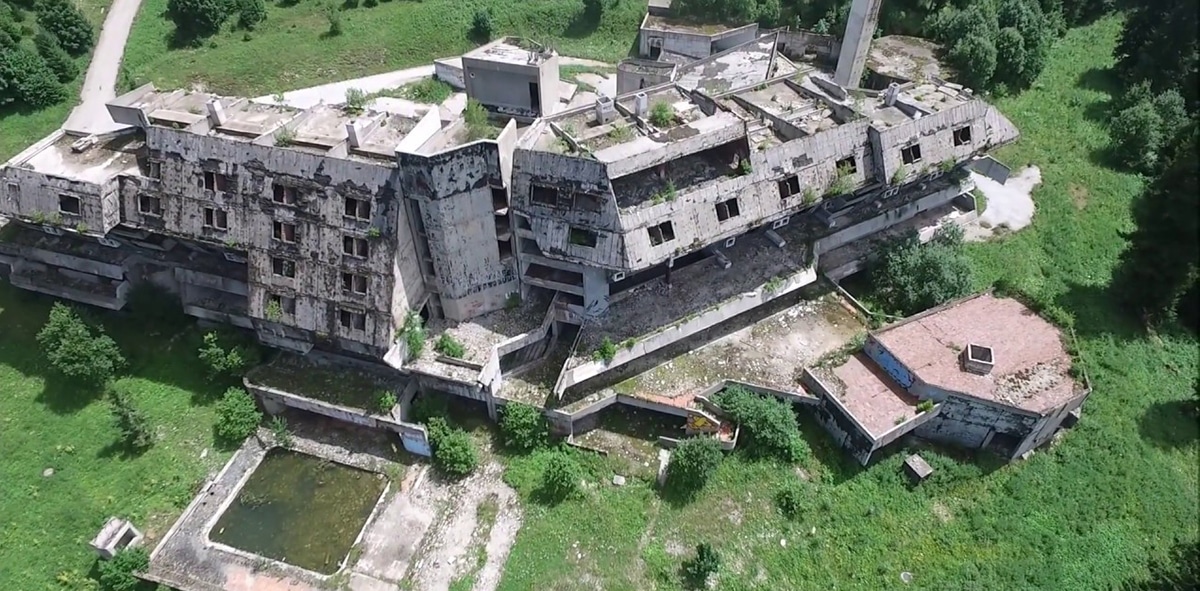
There is a Olympic museum and other structures (The Zetra Olympic Complex, the Holiday Inn Hotel), but unfortunately others were destroyed in the Siege of Sarajevo that lasted from 1992 to 1996. You can also locate the Sarajevo Roses, marks that were left by artillery and are all over the city, or the monument to the children killed during the siege that is inside the Veliki Park.
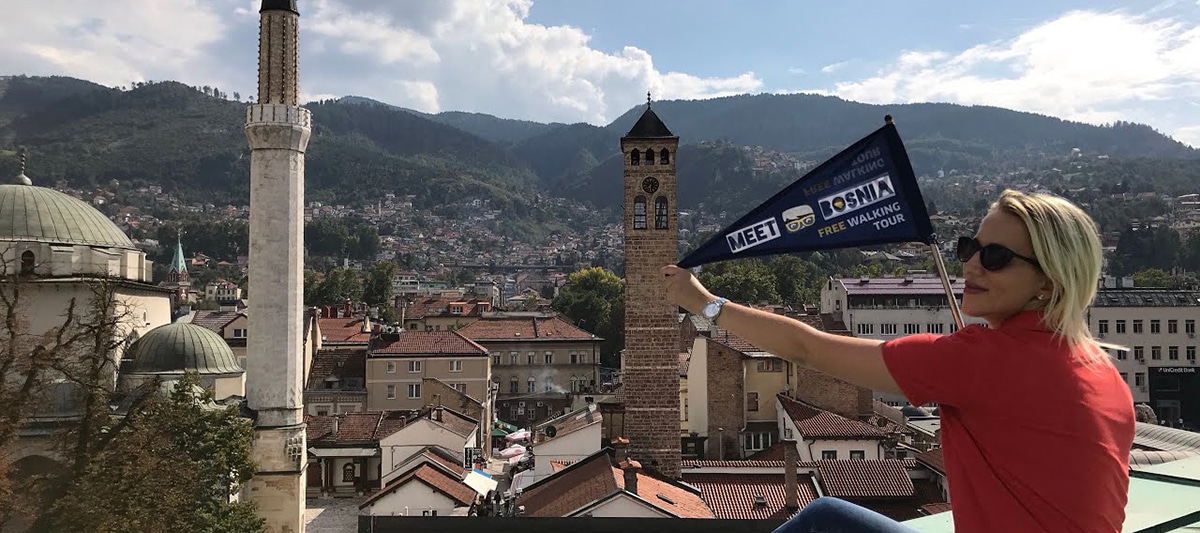
Finally, if you like tourist walks you can join the Sarajevo Free Walking Tourr that lasts two hours. So remember, in Sarajevo there is religion, history, a vibrant nightlife and delicious multicultural gastronomy.